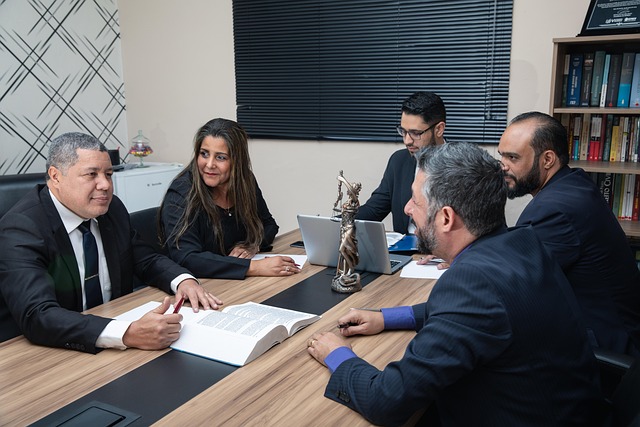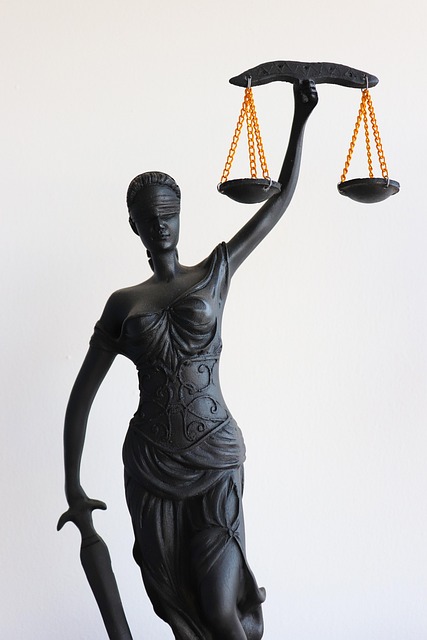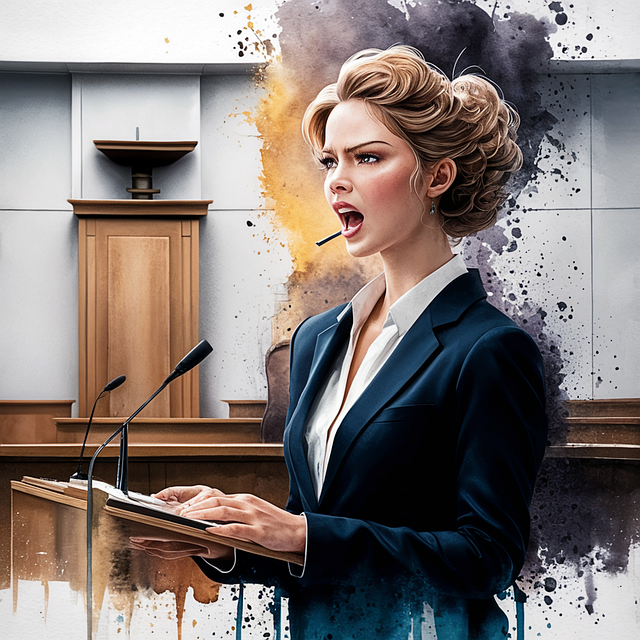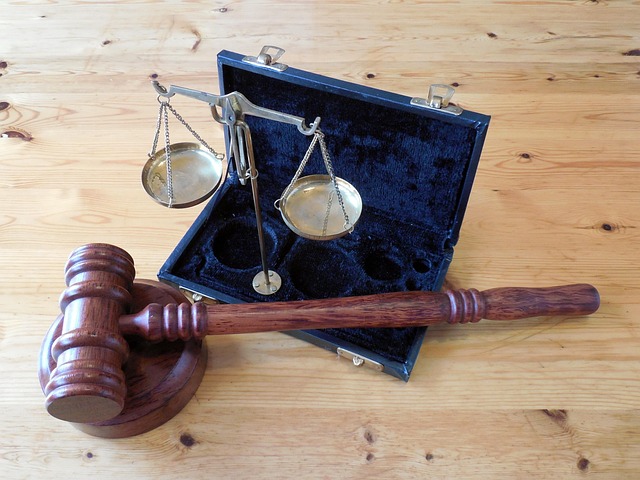Slip and fall compensation goes beyond immediate physical injuries, considering long-term impacts like chronic pain, reduced mobility, and psychological effects on daily life. It's crucial for personal injury claims to reach fair compensation including ongoing care costs and lifestyle adjustments, especially when symptoms emerge later. Liability proves negligence by property owners or managers, with special focus on nursing home neglect cases. Legal strategies tailor compensation packages accounting for future needs, medical projections, loss of earning capacity, and extensive care requirements.
In the aftermath of a slip and fall incident, understanding the long-term effects is crucial for accurate slip and fall compensation. This comprehensive guide delves into the intricate process of assessing and calculating compensation, considering the lasting impact on victims’ lives. From understanding the legal landscape to gauging the severity of injuries, this article provides essential insights for both victims and legal professionals navigating slip and fall cases.
- Understanding Long-Term Impact Assessment
- Legal Considerations in Slip and Fall Cases
- Calculating Compensation for Lasting Effects
Understanding Long-Term Impact Assessment

In the realm of slip and fall compensation, assessing long-term impacts is a nuanced process that goes beyond immediate physical injuries. This involves recognizing that such incidents can have far-reaching consequences on an individual’s life, extending well beyond the initial fall. The long-term impact assessment considers how these accidents might affect someone’s ability to work, engage in daily activities, and maintain their overall quality of life. It’s not just about bruises and broken bones; it delves into the potential for chronic pain, reduced mobility, and psychological impacts that could persist for years.
This comprehensive evaluation is crucial when dealing with personal injury claims, especially as symptoms may not manifest immediately. For instance, a slip and fall could lead to undiagnosed medical conditions or exacerbate existing ones, resulting in lengthy recovery periods or even permanent disabilities. This is particularly relevant in cases of defective products or medical negligence where the initial incident might be just the start of a series of health issues. Thus, understanding these long-term effects is essential for reaching fair compensation that accounts for ongoing care and lifestyle adjustments required by victims.
Legal Considerations in Slip and Fall Cases

In slip and fall cases, legal considerations are complex and multifaceted. The primary goal for plaintiffs is to secure appropriate slip and fall compensation that accounts for both immediate and long-term effects. This includes medical expenses, pain and suffering, loss of earning capacity, and other related costs. Establishing liability often involves proving negligence on the part of the property owner or manager, particularly in cases involving public spaces or business premises.
Nursing home neglect is a specific area within slip and fall cases that warrants special attention. Given the vulnerable nature of elderly residents, nursing homes have a duty of care to maintain safe environments. If a resident sustains injuries from a slip and fall incident due to negligence on the part of the facility, it can constitute wrongful death or severe personal injury claims. Similarly, car accident attorneys handle cases where vehicular collisions lead to slips and falls, resulting in long-term disabilities or other significant impacts on victims’ lives. These scenarios underscore the need for comprehensive legal strategies tailored to the unique challenges posed by each case type.
Calculating Compensation for Lasting Effects

When evaluating slip and fall compensation, assessing the long-term effects is a crucial component. Beyond immediate medical expenses, individuals may face prolonged recovery periods, reduced mobility, chronic pain, or even permanent disabilities. These lasting impacts can significantly alter daily life, hindering independence and requiring extensive adjustments. Therefore, compensation packages should encompass not just current losses but also future needs, ensuring victims receive adequate support for their long-term well-being.
Calculating this compensation involves meticulous consideration of various factors, including medical projections, loss of earning capacity, and the cost of ongoing care. Legal professionals often work closely with experts in medicine and economics to forecast future healthcare requirements and quantify their economic implications. This process, while intricate, aims to ensure that victims are fairly compensated for breaches of fiduciary duty, particularly when negligence results in injuries that extend far beyond the initial incident, mirroring impacts similar to those endured by auto accident injury survivors seeking injury compensation.
When assessing slip and fall compensation, it’s crucial to consider the long-term effects on victims’ lives. By understanding the legal aspects and calculating compensation for lasting impacts, individuals can secure fair redress for their injuries. This comprehensive approach ensures that those affected by such incidents receive adequate support and recognition, fostering a safer environment for everyone. Slip and fall compensation is not just about immediate physical damage; it’s about acknowledging and mitigating the enduring consequences.






